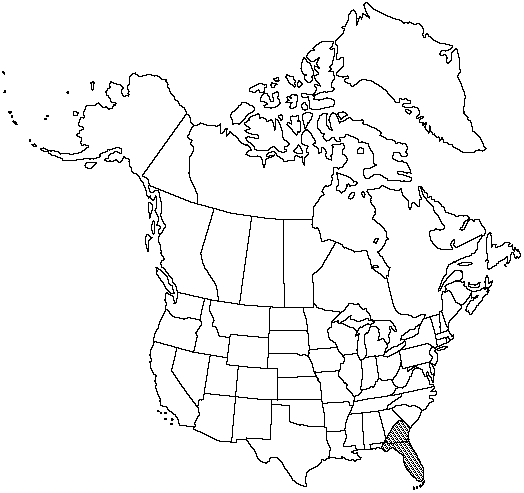familySelaginellaceae
genusSelaginella
speciesSelaginella arenicola
subspeciesSelaginella arenicola subsp. arenicola
Difference between revisions of "Selaginella arenicola subsp. arenicola"
Treatment appears in FNA Volume 2.
FNA>Volume Importer |
FNA>Volume Importer |
||
| Line 12: | Line 12: | ||
}}<!-- | }}<!-- | ||
| − | --><span class="statement" id="st- | + | --><span class="statement" id="st-undefined" data-properties=""><b>Leaves </b>(aerial stems) usually tightly appressed; base conspicuously pubescent. <b>Strobili</b> sometimes with apical vegetative growth, distinctly larger in diameter than subtending stem. <b>Sporophylls</b> abruptly tapering toward apex; apex often recurved.</span><!-- |
-->{{Treatment/Body | -->{{Treatment/Body | ||
| Line 41: | Line 41: | ||
|publication year= | |publication year= | ||
|special status= | |special status= | ||
| − | |source xml=https://jpend@bitbucket.org/aafc-mbb/fna- | + | |source xml=https://jpend@bitbucket.org/aafc-mbb/fna-data-curation.git/src/9216fc802291cd3df363fd52122300479582ede7/coarse_grained_fna_xml/V2/V2_64.xml |
|genus=Selaginella | |genus=Selaginella | ||
|subgenus=Selaginella subg. Tetragonostachys | |subgenus=Selaginella subg. Tetragonostachys | ||
|species=Selaginella arenicola | |species=Selaginella arenicola | ||
|subspecies=Selaginella arenicola subsp. arenicola | |subspecies=Selaginella arenicola subsp. arenicola | ||
| − | |||
| − | |||
| − | |||
| − | |||
| − | |||
| − | |||
| − | |||
}}<!-- | }}<!-- | ||
-->[[Category:Treatment]][[Category:Selaginella arenicola]] | -->[[Category:Treatment]][[Category:Selaginella arenicola]] | ||
Revision as of 13:25, 27 July 2019
Leaves (aerial stems) usually tightly appressed; base conspicuously pubescent. Strobili sometimes with apical vegetative growth, distinctly larger in diameter than subtending stem. Sporophylls abruptly tapering toward apex; apex often recurved.
Habitat: Mostly on dry, exposed sand dunes, white sand, or sandy soil
Elevation: 0 m
Discussion
Selaginella arenicola subsp. arenicola usually has more slender (1 mm diam.) stems than subsp. riddelli (stems more than 1 mm diam.). In Georgia, many forms intermediate between the two subspecies have been reported.
Selected References
None.
Lower Taxa
None.
